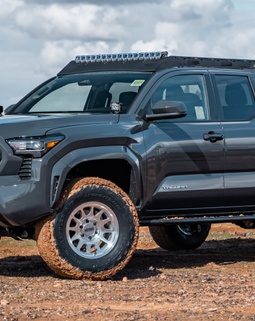The latter is a particularly strange type since they make all kinds of terrible concessions while trying (unlike successfully) to combine seemingly incongruous characteristics. Compared to its performance-oriented sedan or coupé cousins, they are bulkier, slower, and more expensive while also attempting to conceal a higher center of gravity. However, they are rarely comfy, though.
The reason why most people have grown to really appreciate the Q7 from Audi is because of its design.
Despite sharing a platform with more angular VW Group siblings like the Porsche Cayenne and Lamborghini Urus, Ingolstadt’s second-generation luxury SUV has no performance aspirations, despite the use of adjectives like “dynamic” and “sporty” in the marketing materials.
The updated Q7 places a strong emphasis on comfort, elegance, and refinement, just like the model before the facelift. The 45 TDI, powered by a 3.0 lire V6 turbodiesel, is the only single-engine variant available, just like the previous range, which made its debut in South Africa in September 2015.
So what is this mid-cycle update going to bring? Let’s start with the fact that the starting price has significantly increased to R1 520 000. In addition to pointing out that the list of standard amenities has grown, Audi claims that this is partially due to currency rate issues (due to COVID-19). Fair enough, the Q7’s price is still either comparable to or lower than that of its main competitors.
Audi has made the most modifications on the inside, despite the outside stylistic makeover, which is by no means insignificant and is headlined by a new grille, changed headlamps, and a chrome strip connecting the reworked taillamps.
The Q7 replaces the outdated infotainment architecture with a modern, stacked twin-touchscreen setup that includes Audi Connect and is completed by a digital instrument cluster that can be customized. As a reminder, the lower 8.6-inch display handles climate control and other convenience features, while the upper 10.1-inch display handles infotainment and navigation.
Audi has also introduced haptic feedback, the touchscreen-based system, which is quite attractive to look at (when it isn’t coated in fingerprints), isn’t the most user-friendly thing to go with, as we noted in our July 2019 evaluation of the Q8. Any day of the week, give the buttons that are tactile and real.
Our test vehicle provided a reasonably plush ride despite the optional 21 inch alloy wheels with 285/40 rubber, which are available on the base model but not on the S-line variation.





